27 Famous Cars With Design Flaws Everyone Noticed
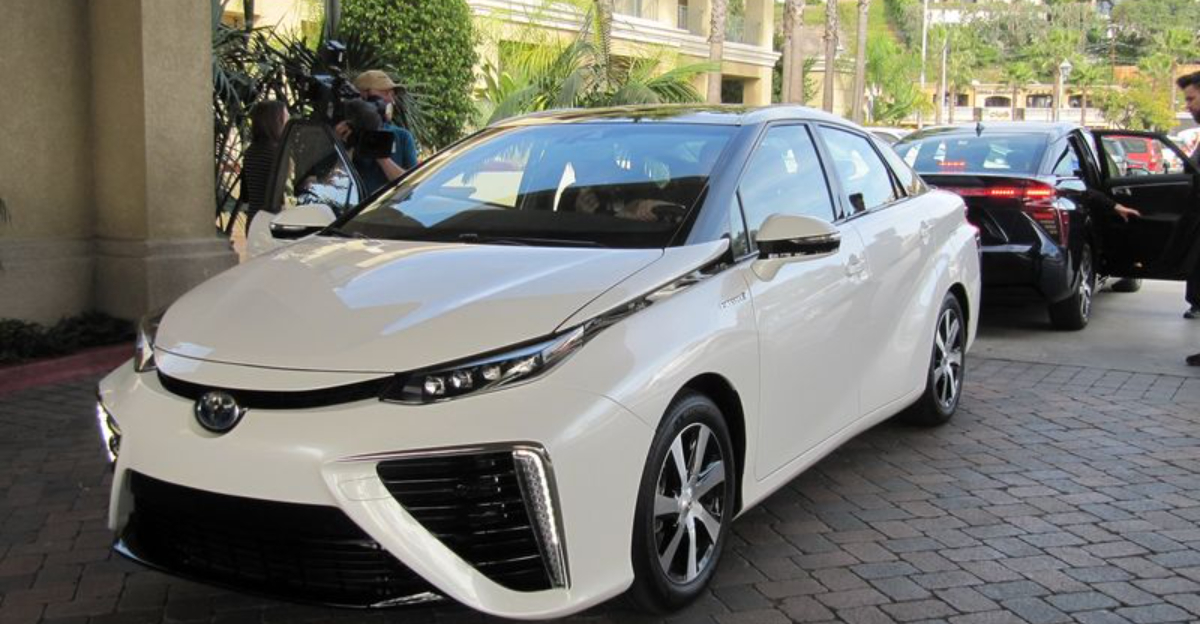
Not every car can be a masterpiece, and some roll off the production line with quirks that leave everyone scratching their heads.
Think of the Pontiac Aztek, a car that had the soul of an adventurous SUV but the face of a confused minivan.
Or the Lamborghini Countach, a poster-worthy supercar that somehow made seeing out of it optional. Some cars are remembered as much for their flaws as they are for their innovation.
1. Pontiac Aztek

I remember when I first saw a Pontiac Aztek on the road. Its design was so peculiar that I couldn’t help but do a double-take.
The Aztek was supposed to appeal to adventurous souls, but its odd shape and lack of aesthetic appeal didn’t quite hit the mark.
Did you know it was featured in the TV series “Breaking Bad”? Its unconventional design made it memorable, but not in the way Pontiac intended. Is there a car that can match its legacy of unconventionality?
2. Fiat Multipla (original)
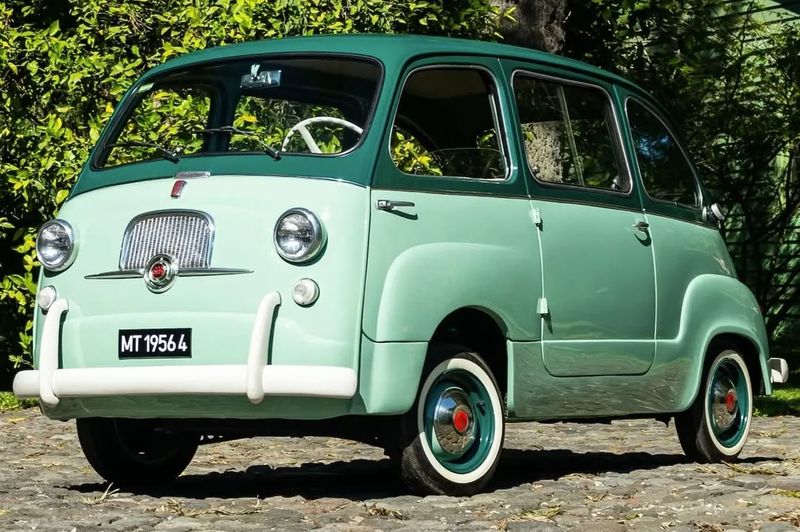
The Fiat Multipla was a family car that dared to be different. With its bulging headlights and wide front, it looked more like a spaceship than a traditional car.
Inside, it offered a practical three-seat row arrangement, making it surprisingly spacious.
The Multipla’s design was as polarizing as a pineapple on pizza—some loved it, but many were baffled. Its quirky appearance ensured it stood out on the road, but not always for the right reasons.
3. Chevrolet SSR
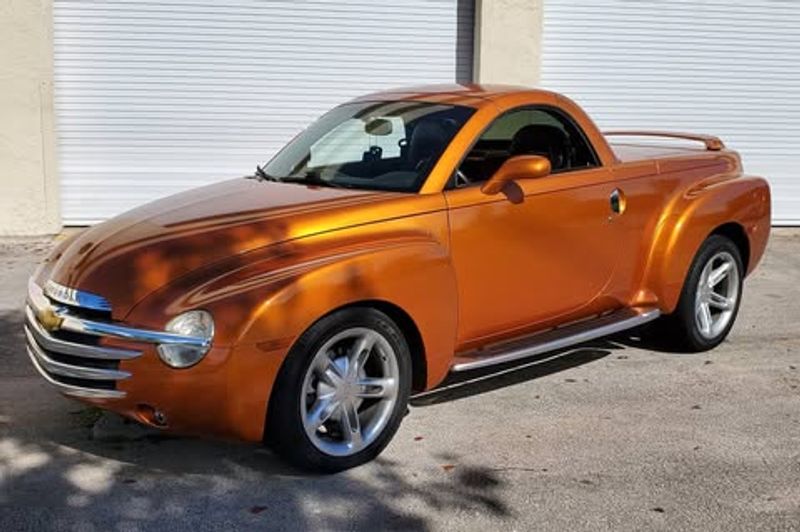
The Chevrolet SSR was a bold attempt at blending a sports car with a pickup truck. I remember thinking it looked like something out of a comic book.
Its retro styling was intriguing, but the execution left much to be desired. With limited practicality and high price, one must wonder if it was meant for show rather than go.
Can a vehicle that confuses its identity ever truly find its place on the road?
4. Chrysler PT Cruiser Convertible

Reminiscent of a classic sedan, the Chrysler PT Cruiser Convertible tried to capture nostalgia. It offered a unique blend of retro charm and modern features.
However, its convertible design compromised both aesthetics and practicality. Unlike its cousin, the Mini Cooper, the PT Cruiser’s looks divided opinion.
Some adored its vintage-inspired style, while others found it awkwardly executed. It was a car that dared to be different but didn’t quite hit the right notes.
5. Nissan Juke
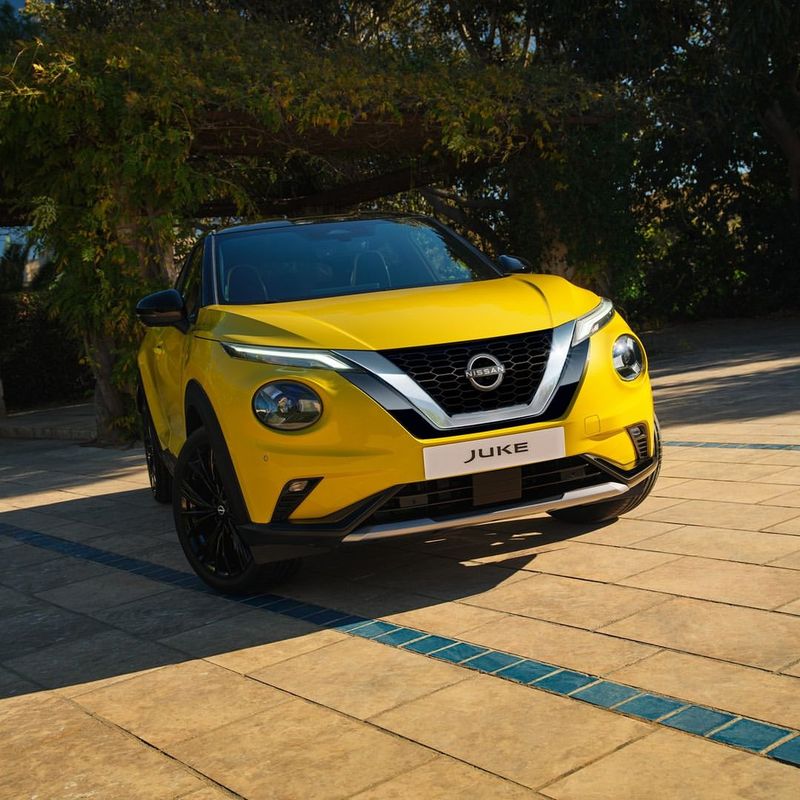
Once, while walking through a city park, I spotted a Nissan Juke. Its design was a curious mix of boldness and eccentricity.
The Juke’s headlights seemed to peer skyward, giving it a unique face. With its sporty stance and quirky styling, it was hard to ignore.
Interestingly, the Juke was a hit among younger drivers, drawn to its unconventional flair. How did such a distinct vehicle manage to carve its niche in the crowded car market?
6. Smart Fortwo (1st Gen)
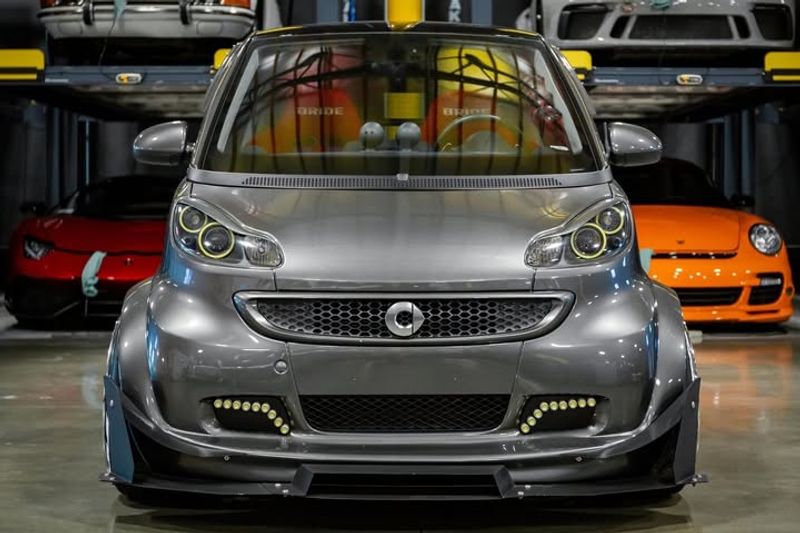
The Smart Fortwo redefined urban mobility with its compact size and futuristic design. It’s like a tiny capsule that perfectly fits the cityscape.
Despite its small appearance, it offered surprising room inside. However, its short wheelbase and lightweight design made it tricky in windy conditions.
Still, it became an icon of efficiency and practicality, embodying the essence of city living. Its design may have divided opinions, but it surely made a lasting impact.
7. Subaru Tribeca (early models)
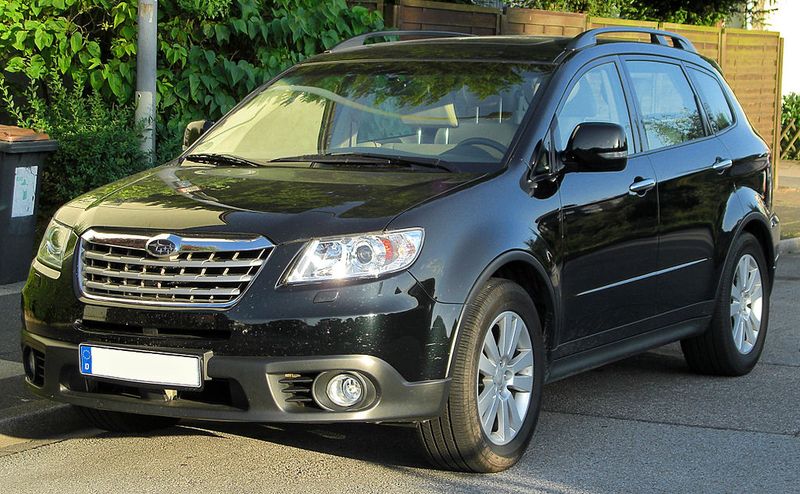
I once borrowed a car from a friend, not realizing it was a Subaru Tribeca. Its front grille was unlike anything I’d seen before.
The Tribeca aimed for luxury but ended up with a design that was more perplexing than appealing.
Despite its attempts to compete with premium brands, its aesthetics left much to be desired. Was it a case of trying too hard, or simply a design ahead of its time?
8. Toyota Mirai (1st Gen)
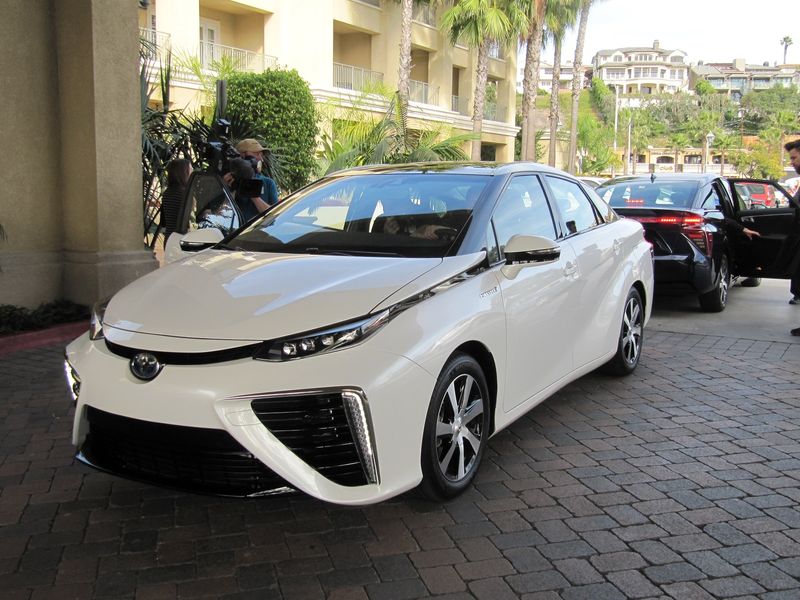
Attempting to lead the hydrogen revolution, the Toyota Mirai boasted a design that set it apart. Unlike the similarly ambitious Tesla models, the Mirai’s aesthetics didn’t win universal acclaim.
Its futuristic lines and bold grille were ahead of their time, but not to everyone’s taste.
It was a pioneering vehicle in terms of technology, yet its looks often overshadowed its capabilities. Could a car be both a trailblazer and a design enigma?
9. BMW i3

My first ride in a BMW i3 was an eye-opener. With its eco-friendly credentials, it promised a new era of driving.
The i3’s unconventional design, with its tall stance and narrow frame, made it stand out. Its use of sustainable materials was a commendable step forward.
However, its design was as divisive as it was innovative. Who knew that going green could be so controversial in the design world?
10. Tesla Cybertruck (prototype)
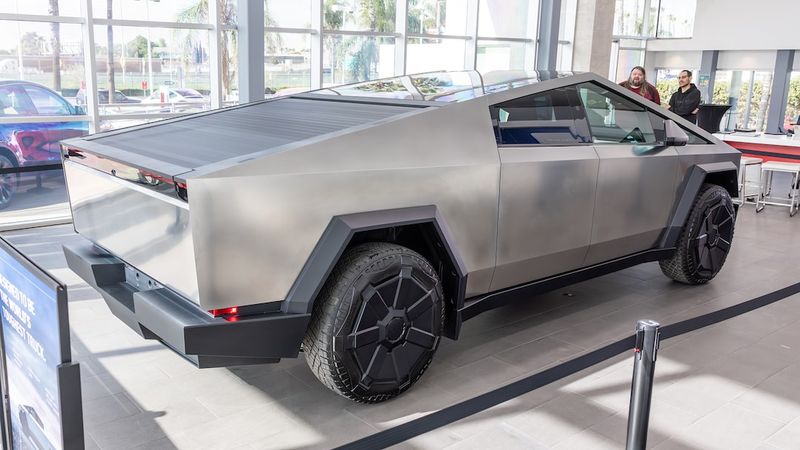
Tesla shocked the world with the unveiling of the Cybertruck. Its sharp angles and stainless steel body were reminiscent of a vehicle from a sci-fi movie.
Like a rolling fortress, it defied traditional truck aesthetics. However, its appearance sparked debates, with many questioning its practicality.
Yet, the Cybertruck’s boldness ensured it captured the public’s imagination. Sometimes, breaking the mold means challenging perceptions of what a vehicle should be.
11. AMC Pacer
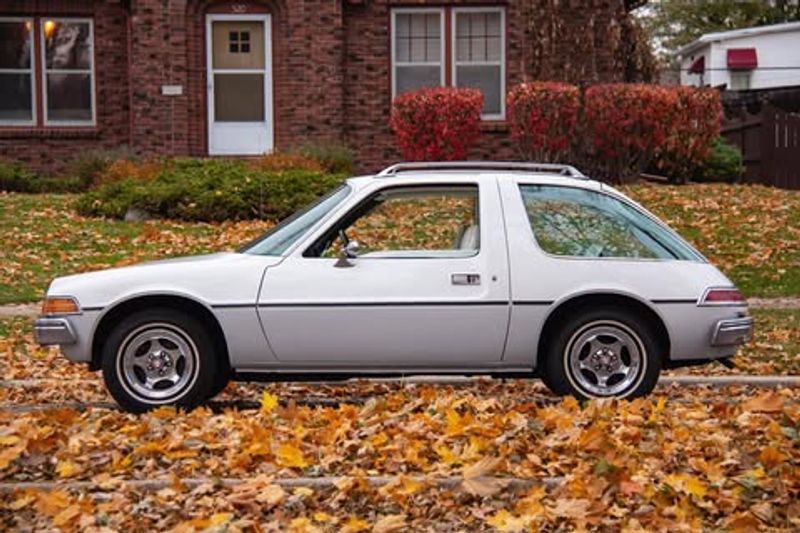
Driving a friend’s car one day, I realized it was an AMC Pacer. Its wide body and expansive windows gave it a unique, bubble-like appearance.
The Pacer’s ambition to be roomy led to a polarizing design. Despite being ahead of its time, it struggled with public acceptance.
Was it a visionary step forward or simply a design misstep that couldn’t find its footing in the market?
12. Honda Crosstour

Honda’s attempt to combine SUV versatility with sedan comfort led to the Crosstour. Unlike the Subaru Outback, the Crosstour’s hatchback design was its Achilles’ heel.
The rear’s sloping form sacrificed cargo space, leaving critics unimpressed.
Despite its comfort and features, the design left it in a limbo of identities. It was a car that tried to be everything and ended up pleasing few.
13. Lexus SC 430
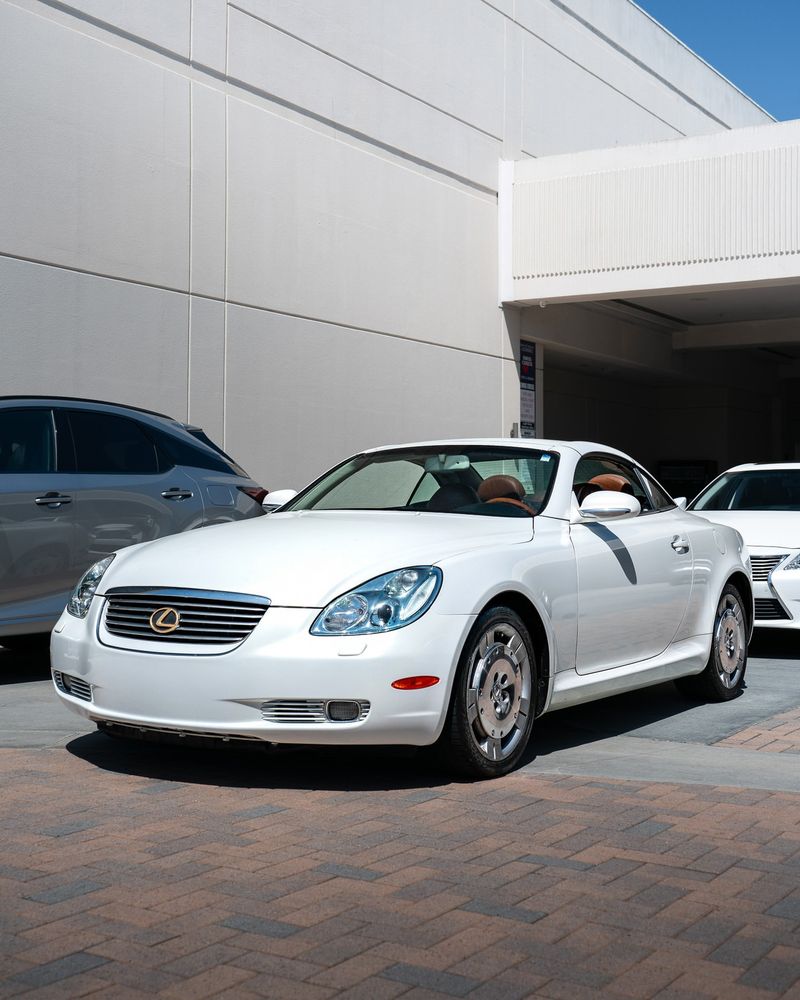
I once had the pleasure of taking a trip in a Lexus SC 430. With its convertible top down, it was a joy to drive along the coast. However, its bulbous design and cramped rear seats made it less appealing for some.
Did you know that despite its flaws, it was featured in “The Fast and the Furious” franchise? How did such a polarizing car manage to leave its mark in Hollywood?
14. Ford Edsel
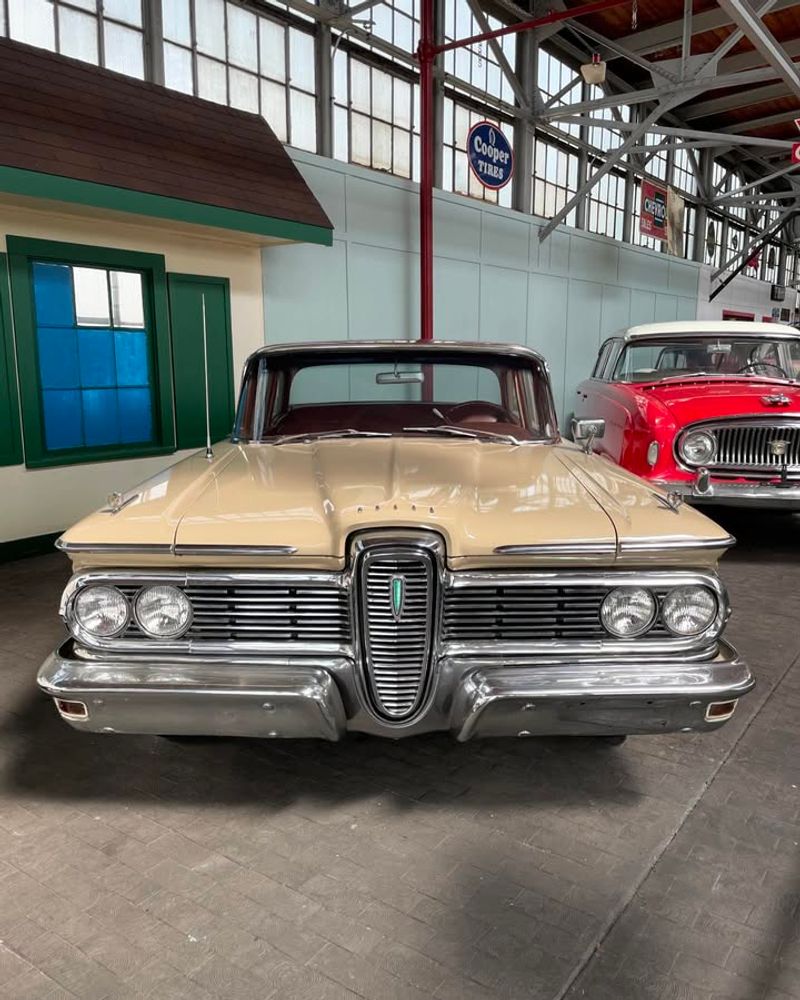
The Ford Edsel is often cited as one of the biggest flops in automotive history. Its horse-collar grille and ambitious marketing promised a revolution.
Yet, the design was more bewildering than appealing. Like a promised masterpiece that missed its mark, the Edsel couldn’t capture the public’s imagination.
Despite its failure, it remains a lesson in the importance of aligning design with consumer expectations.
15. Hummer H2
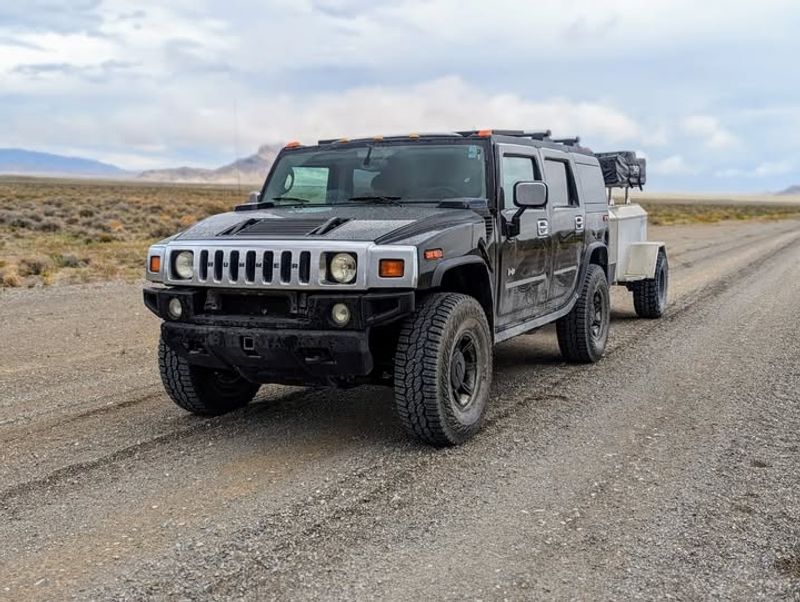
I once rode in a vehicle that seemed more suited for the military than the city streets. The Hummer H2 was a symbol of excess, with its massive size and commanding presence.
While it was built for ruggedness, its design was often criticized for being overly aggressive. Can a vehicle that polarizes public opinion ever truly find its place in the world of everyday driving?
16. Chevrolet Corvette C4 (early years)

Chevrolet’s Corvette C4 aimed to be a revolutionary sports car. Unlike the Porsche 911, the early C4 models faced criticism for their boxy design.
The pop-up headlights, while innovative, added to its divisive aesthetics. Despite these quirks, the C4 was a performance beast.
It was a car that dared to challenge conventions, though its design left enthusiasts with mixed feelings.
17. Dodge Caliber
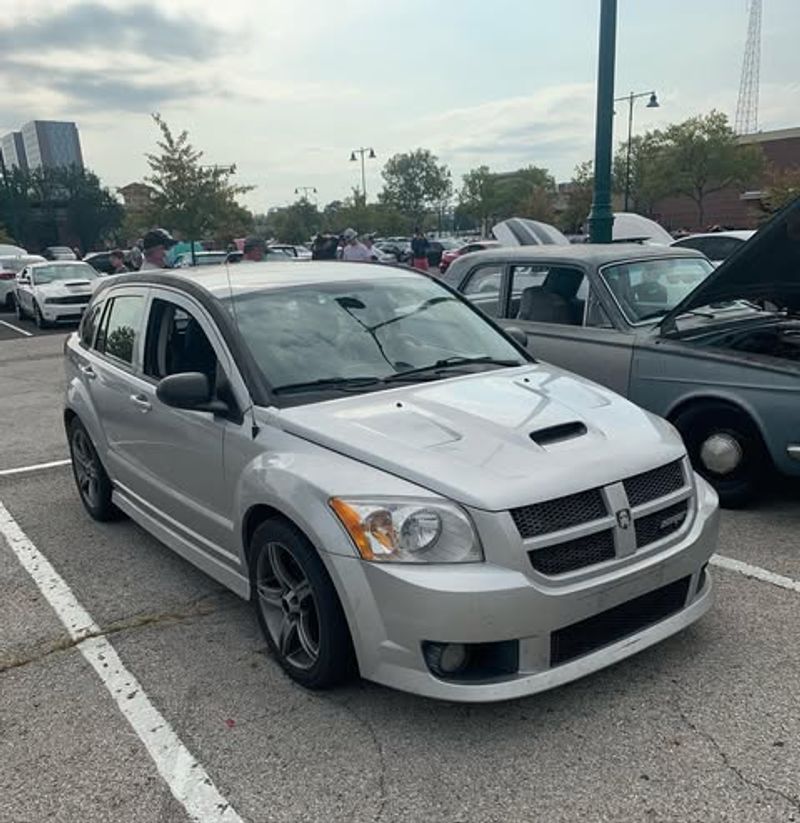
During a spontaneous road trip, I found myself behind the wheel of a Dodge Caliber. Its compact design aimed to capture the crossover market.
However, the Caliber’s plasticky interior and uninspired looks left much to be desired. Interestingly, it found a niche among budget-conscious buyers.
Was it a case of function over form, or simply a missed opportunity in automotive design?
18. Lincoln Blackwood
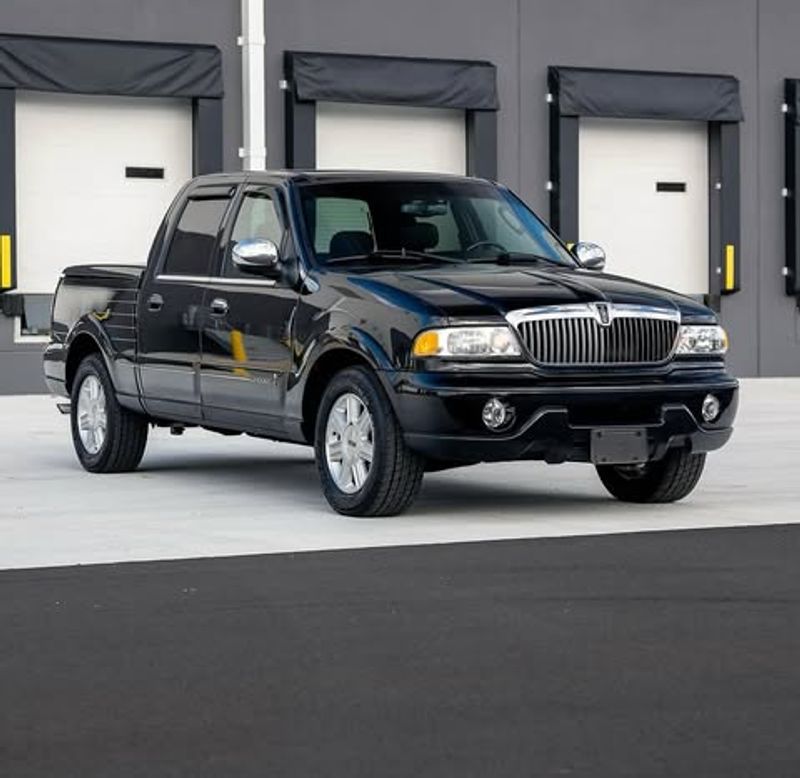
The Lincoln Blackwood was a luxury pickup that ventured into uncharted territory. Like a yacht on wheels, it promised opulence alongside utility.
However, its design, with a non-functional bed and limited cargo space, baffled potential buyers.
The Blackwood’s attempt to combine luxury with practicality fell short, leading to its early demise. It was a bold experiment that highlighted the challenges of blending two worlds.
19. Renault Avantime
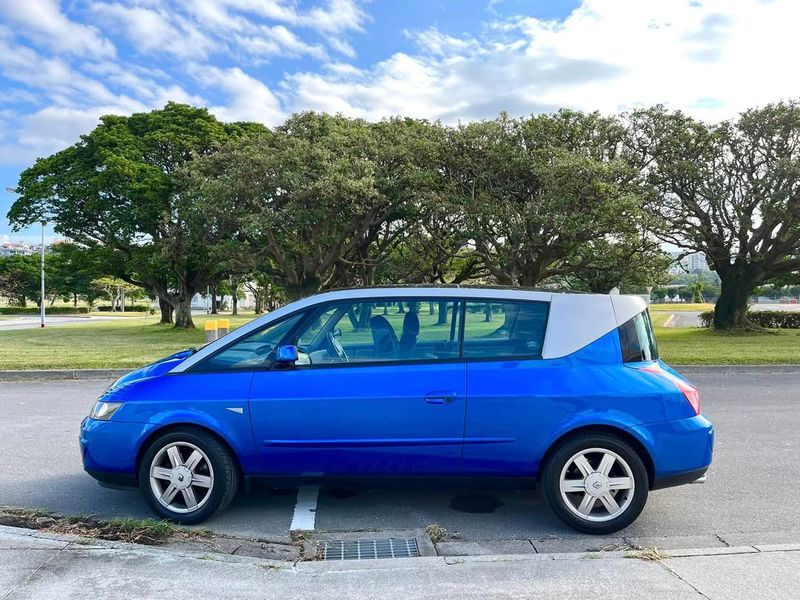
Years ago, I heard of a car that defied convention: the Renault Avantime. It was a bold fusion of a coupe and an MPV, with a design as daring as its concept.
The Avantime’s large glass areas and two-door layout were revolutionary, yet polarizing.
Its legacy is one of courage in the automotive world. Could such an audacious design ever find favor with traditional car buyers?
20. Saab 9-5 (2011)
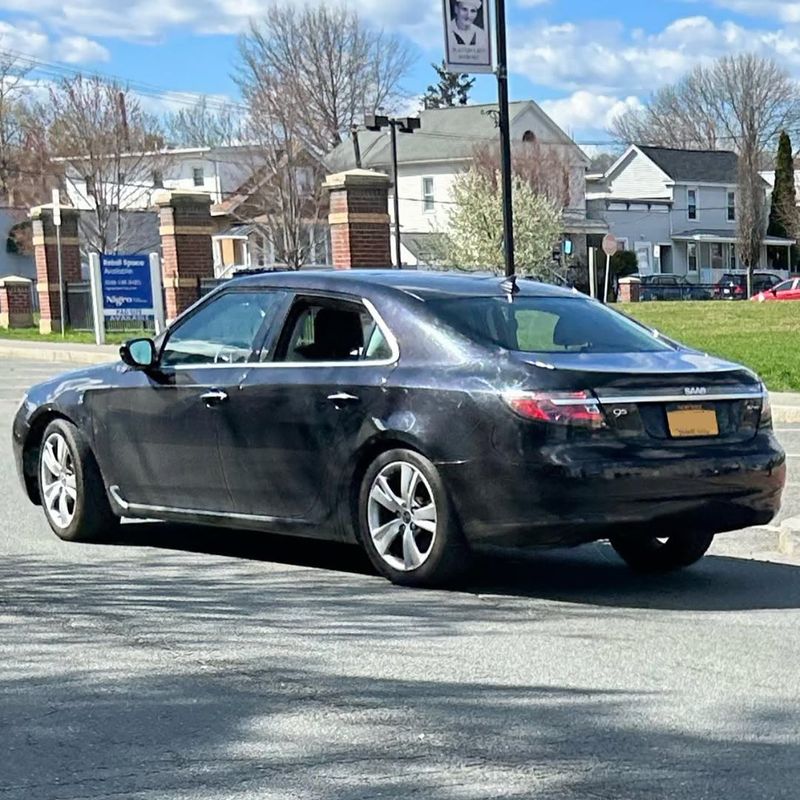
In an attempt to modernize its lineup, Saab introduced the 2011 9-5. Unlike its German rivals, the 9-5’s design was a blend of elegance and quirkiness.
The elongated body and unique dashboard layout were distinct yet divisive.
It was a vehicle that embodied Saab’s innovative spirit, though it struggled to impress traditional luxury buyers. The 9-5 remains a testament to Saab’s ambition and individuality.
21. Jeep Compass (1st Gen)
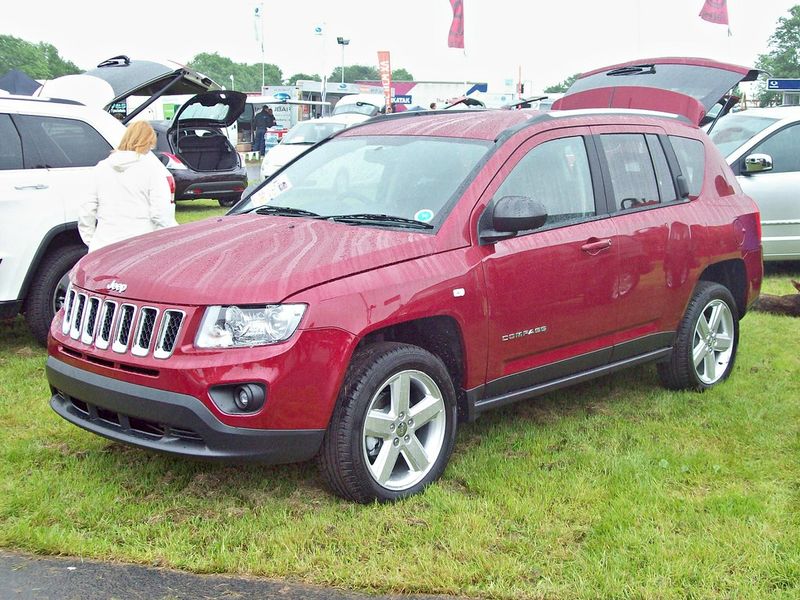
I recall a day when I ventured off-road in a Jeep Compass. Its compact SUV form promised adventure. Yet, its plasticky interior and underwhelming performance left room for improvement.
Interestingly, the Compass found a following among urban explorers. How did such a vehicle manage to balance its rugged aspirations with its city-friendly design?
22. Citroën C6
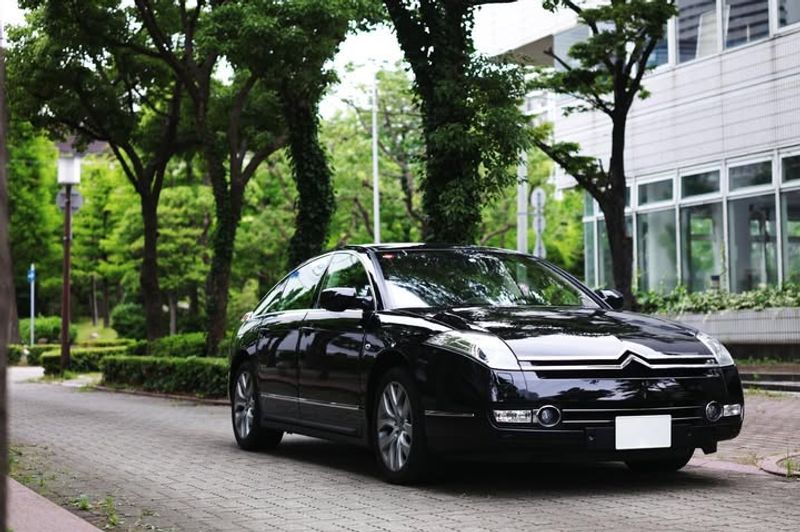
The Citroën C6 aimed to redefine executive saloons with its unique styling. Like a rolling sculpture, it combined flowing lines with avant-garde features.
The C6’s hydropneumatic suspension promised unparalleled comfort, but its design was not for everyone.
Despite its innovations, it couldn’t capture a significant market share. It remains a symbol of French audacity in automotive design.
23. Mitsubishi Eclipse Cross

I remember when the Mitsubishi Eclipse was synonymous with sleek sports cars. The Eclipse Cross, however, ventured into the SUV market.
Its coupe-like design, while stylish, struggled to live up to the Eclipse name. Despite its modern features, it couldn’t shake off comparisons to its sportier predecessor.
How does a vehicle balance between honoring its heritage and embracing a new identity?
24. Acura ZDX
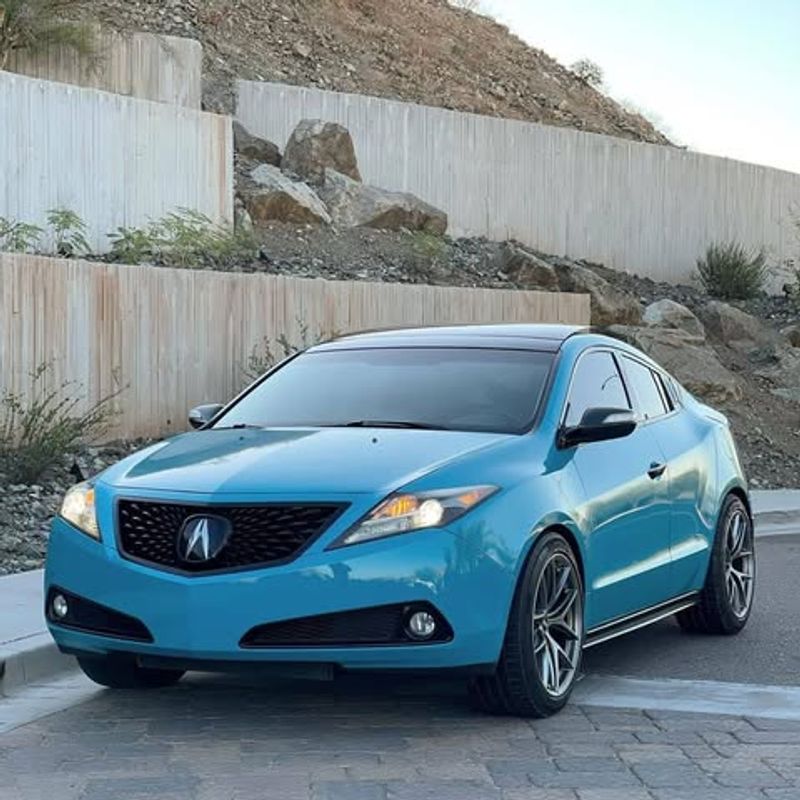
Acura’s attempt to blend a crossover with coupe styling led to the ZDX. Unlike the successful BMW X6, the ZDX’s sloping rear and limited practicality left buyers puzzled.
Despite its premium features, the design was an acquired taste. The ZDX was a bold experiment that challenged conventional SUV design.
It remains a reminder of the risks and rewards of innovation in the automotive industry.
25. Scion xB (2nd Gen)
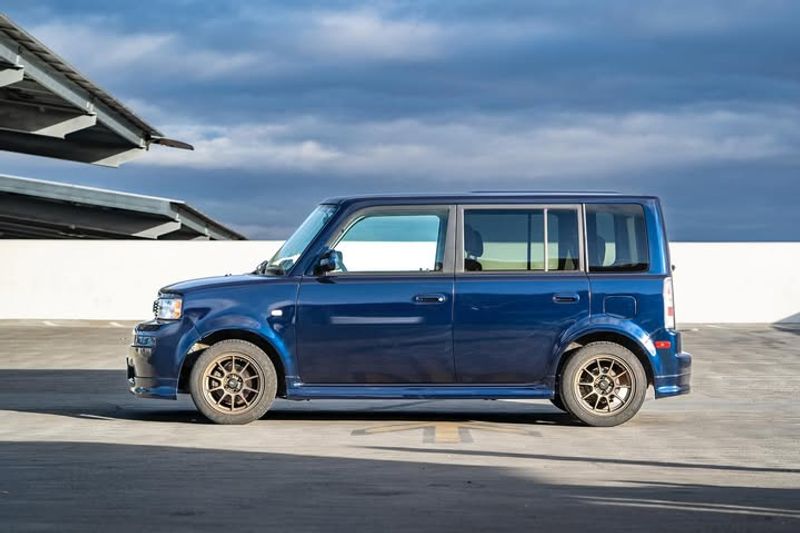
Once, in a bustling city, I spotted a Scion xB. With its boxy shape, it was a testament to creativity over convention.
The xB’s spacious interior and quirky style appealed to the young and adventurous. Did you know it was popular among those seeking individuality?
How did such a nonconformist design manage to carve its niche in the automotive landscape?
26. Mazda RX-8

The Mazda RX-8 was an ode to driving enthusiasts. With its rotary engine and distinctive styling, it promised a unique driving experience.
Like a sports car with a soul, its freestyle doors and aggressive lines were captivating.
However, the RX-8’s thirst for fuel and maintenance issues overshadowed its design marvels. It remains a symbol of innovation marred by practical challenges.
27. Plymouth Prowler
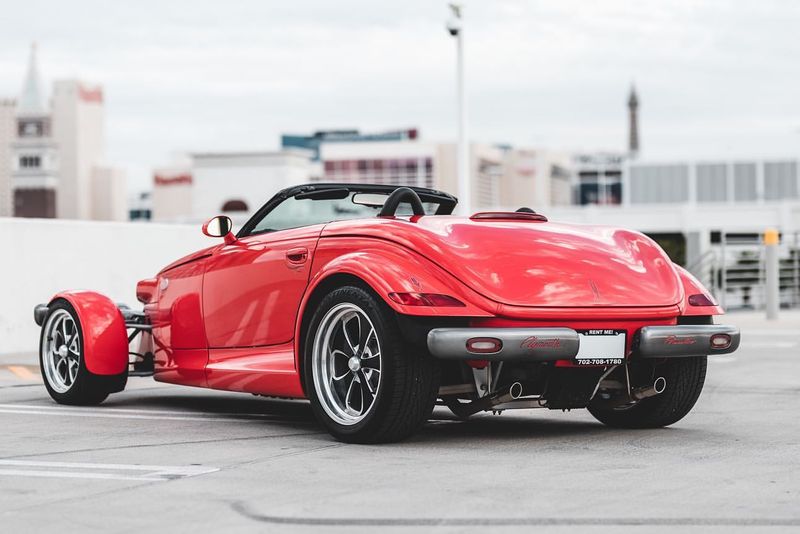
Years ago, I stumbled upon a car that looked like it belonged in a different era—the Plymouth Prowler. With its hot rod-inspired design and exposed wheels, it made heads turn.
However, its limited practicality and high price tag held it back. Was it a celebration of nostalgia or a misjudged attempt to recreate the past?
